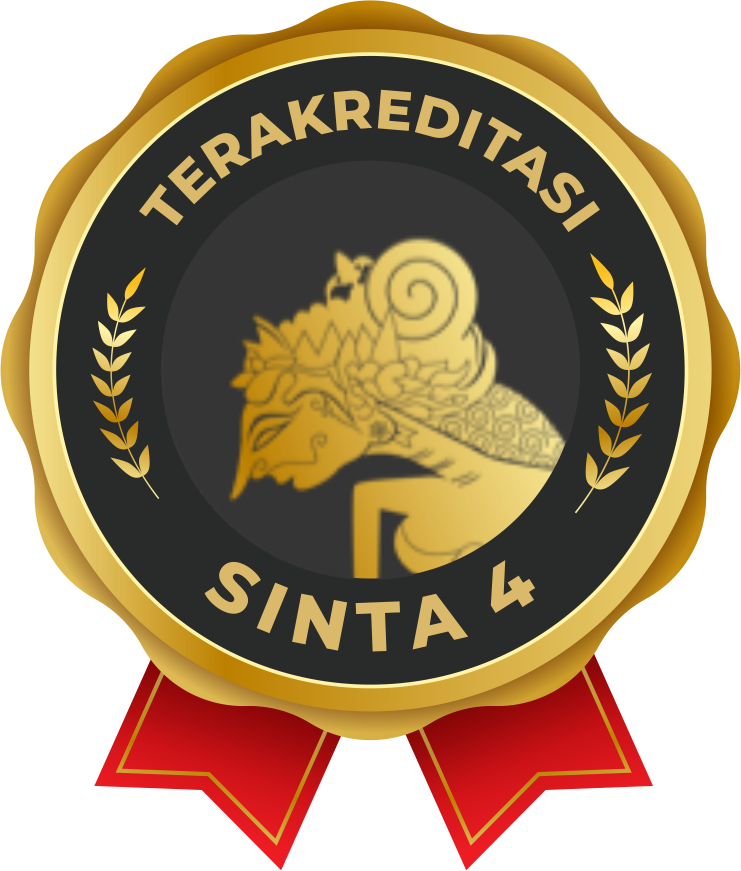

Transekonomika: Akuntansi, Bisnis dan Keuangan is a double blind peer-reviewed Journal. To ensure the integrity of the double blind peer-review for submission to this journal, every effort should be made to prevent the identities of the authors and both the reviewers from being known to each other. This involves the authors, editors, and reviewers (who upload documents as part of their review). Correspondence and all forms of published correction may also be peer-reviewed at the discretion of the editors. Typically, after a paper is submitted to this journal, a journal editor screens the manuscript and decides whether or not to send it for full peer review. Only after clearing the initial screening is the manuscript sent to one or more peer reviewers. Finally, journal editors or the journal’s editorial board consider the peer reviewers’ reports and make the final decision to accept or reject the manuscript for publication. In general, to be acceptable, a paper should represent an advance in understanding likely to influence thinking in the field (see Focus and Scope).
Reviewer selection is critical to the publication process, and we base our choice on many factors, including expertise, reputation, specific recommendations and our own previous experience of a reviewer's characteristics. For instance, we avoid using people who are slow, careless, or do not provide reasoning for their views, whether harsh or lenient. We check with potential reviewers before sending them manuscripts to review. Reviewers reserves the right to reject the script if the script review didn't match to the fields/expertise. Reviewers should bear in mind that all correspondeces in this journal contain confidential information, which should be treated as such.
Transekonomika are committed to rapid editorial decisions and publication, and we believe that an efficient editorial process is a valuable service both to our authors and to the scientific community as a whole. We therefore ask reviewers to respond promptly within the number of week agreed. If reviewers anticipate a longer delay than previously expected, we ask them to let us know so that we can keep the authors informed and, where necessary, find alternatives. In general, we need 2 (two) weeks to inform you about the results. For any general questions and comments about the peer-review process, the journal or its editorial policies that are not addressed here, we encourage you to contact us.
Type of peer review
Submitted manuscripts will generally be reviewed by two experts who will be asked to evaluate whether the manuscript is scientifically sound and coherent, whether it duplicates the already published works, and whether or not the manuscript is sufficiently clear for publication. The method is blind peer review. Other rounds of review processes would be done should the first round is inadequate.
Review reports
Reviewers are asked to evaluate whether the manuscript:
Decision
Reviewers advise the editor, who is responsible for the final decision to accept or reject the article. The Editors will reach a decision based on these reports and, where necessary, they will consult with members of the Editorial Board. The editor’s decision is final.
Publication
Articles that have been reviewed through editorial review and peer review and are declared ACCEPTABLE FOR PUBLICATION, the Editor Team issues a Decision Letter containing the publication decision, publication fee bill (APC) within a maximum period of 4 weeks from the time the article is submitted.
Transekonomika: Akuntansi, Bisnis dan Keuangan
Bumi Royal Park Blok A-14 Bumiayu, Kedungkandang, Malang
Telp. 08123456-0500 | 081-123-1-666 | email: transekonomika[at]gmail.com
By: Transpublika Publisher
Licensed By:
This work is licensed under a Creative Commons Attribution 4.0 International License. View My Stats
Watch how to submit an article
